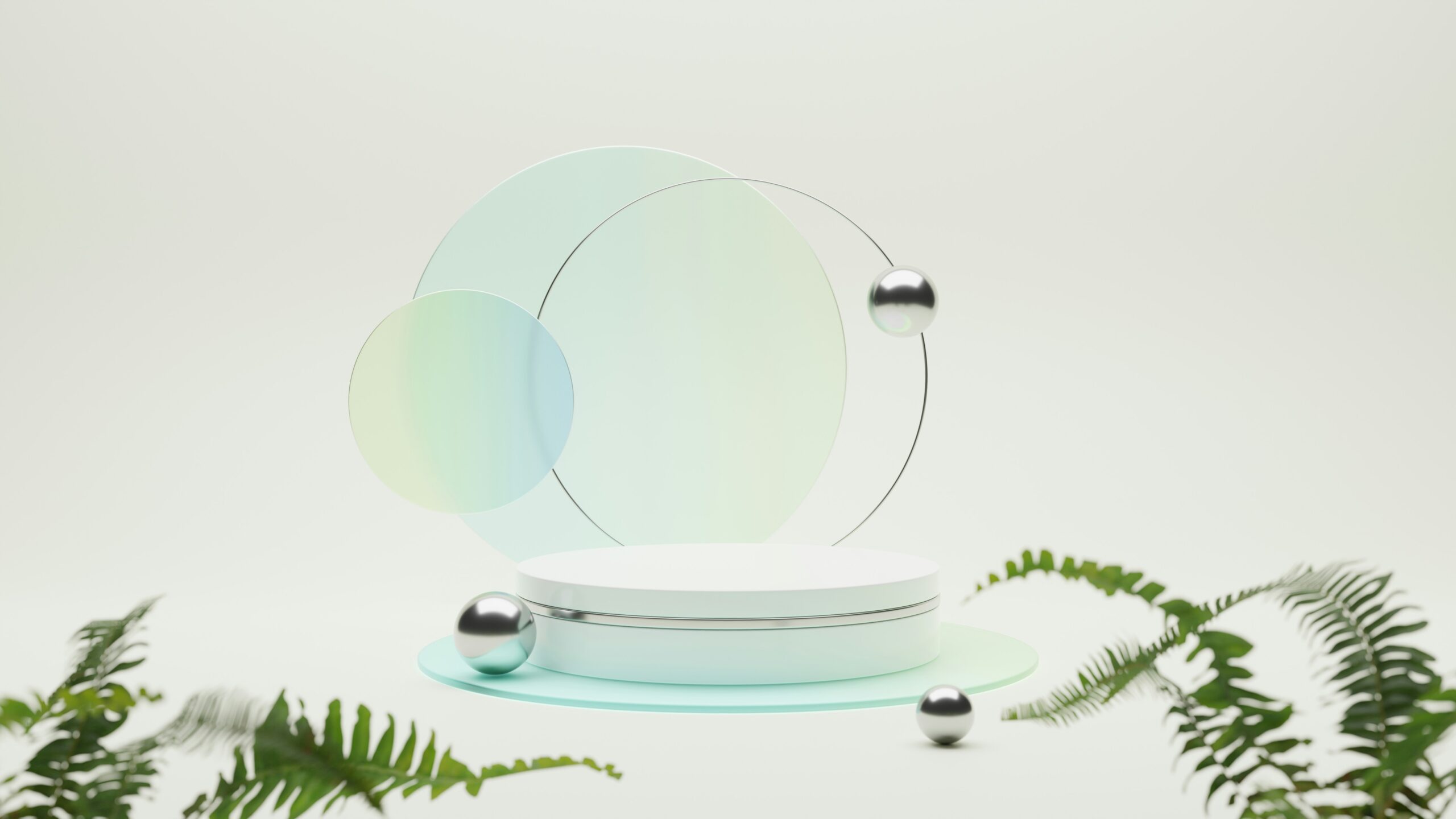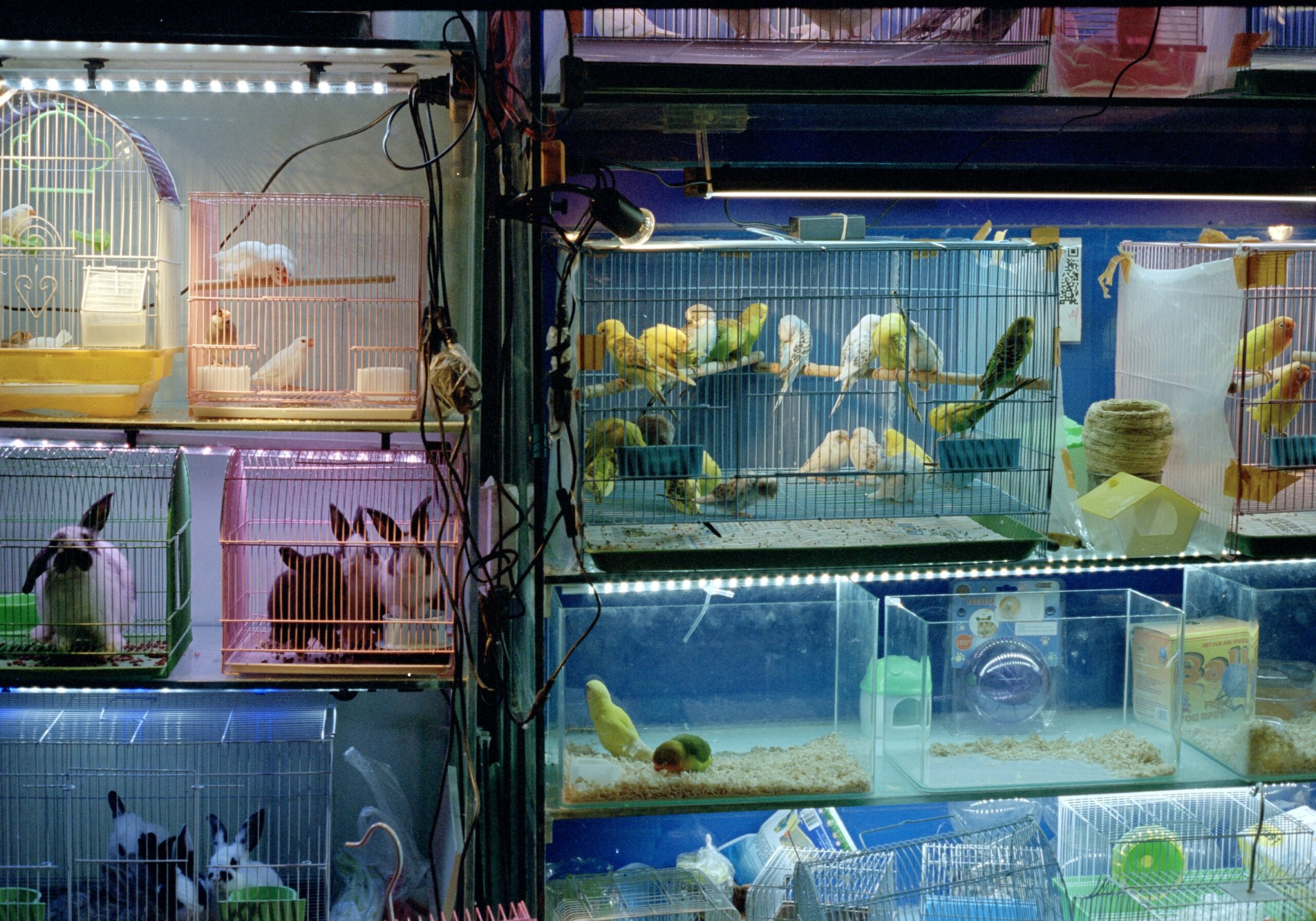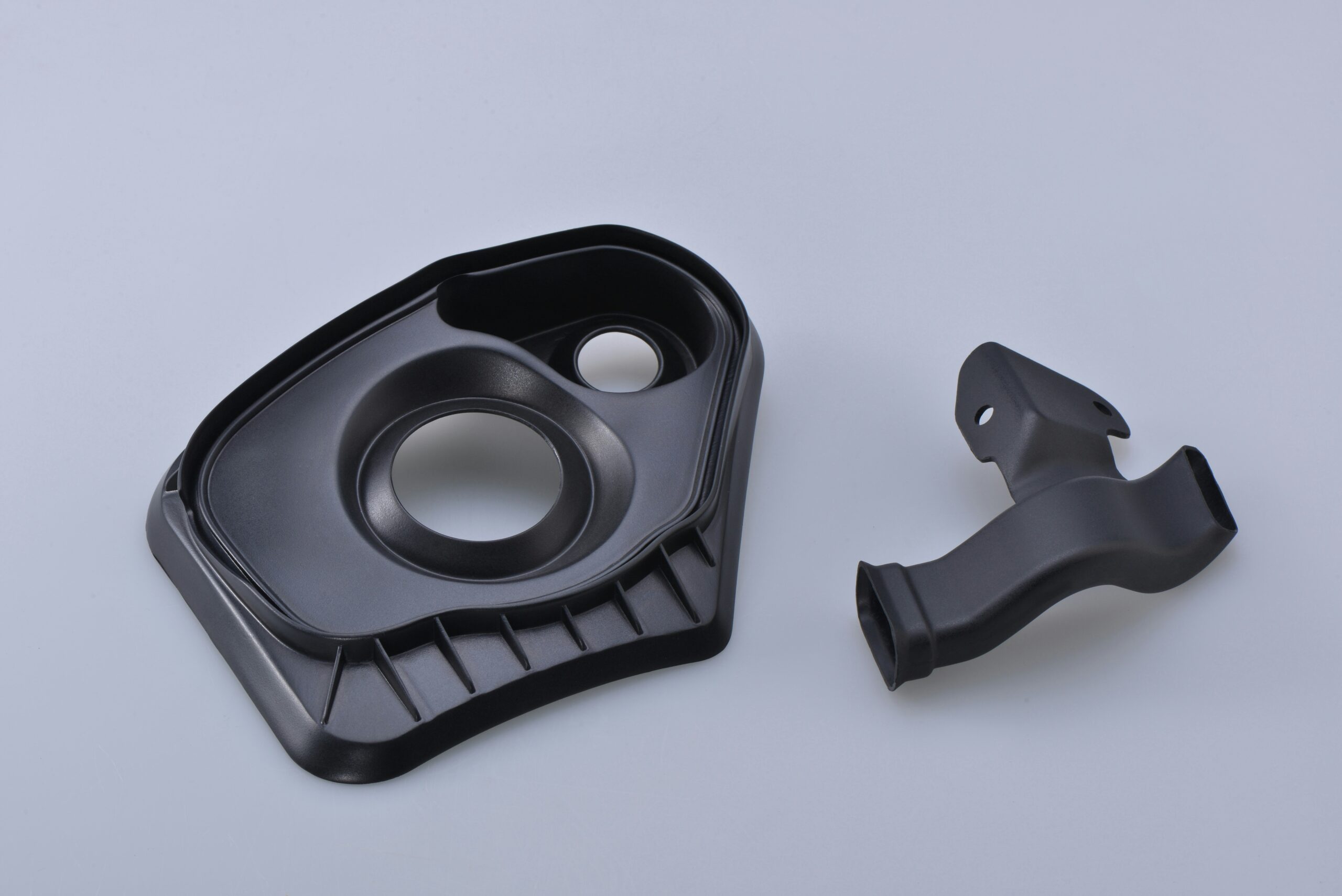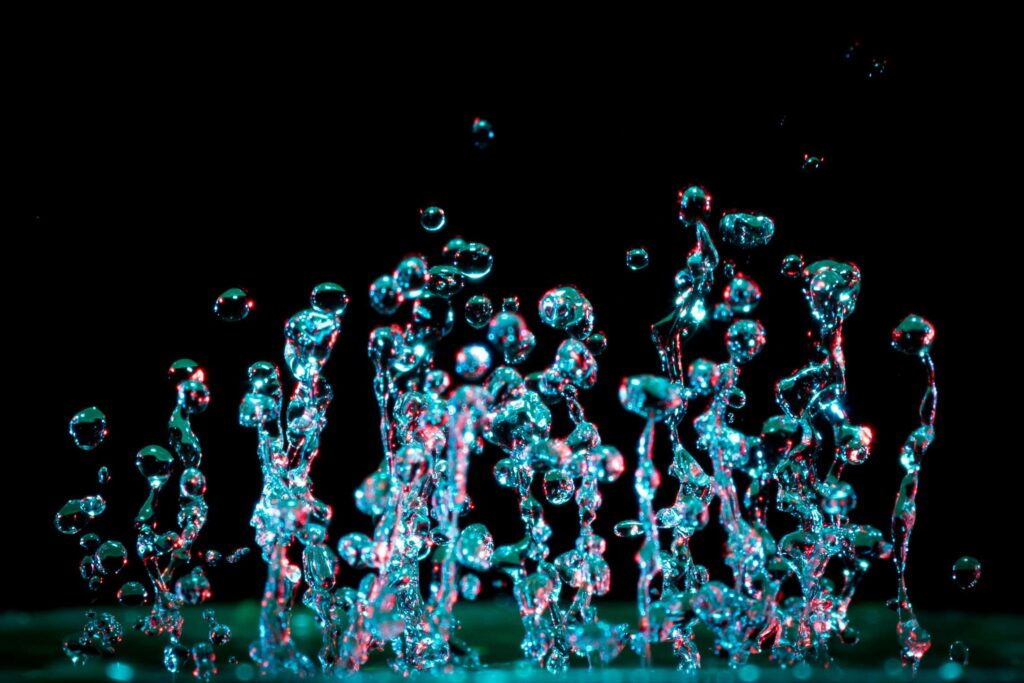Ever watched your dog struggle to get a grip on their favorite toy, only for it to tumble awkwardly out of reach? Or noticed how quickly they lose interest in playtime when the accessory doesn’t feel “right”? Spoiler: It’s not just you imagining things. Let’s talk about why glass toys with Ergonomic Design Features are revolutionizing pet care—and how your fur baby might actually be judging you for that wobbly old squeaky ball.
In this deep dive into all things glass toys, we’ll cover:
- What makes ergonomic design so critical for pet toys.
- A step-by-step guide to choosing the perfect glass toy.
- Tips to maximize safety and engagement.
- Real-world stories from pets who’ve upgraded their game (yes, cats too!).
- All your burning FAQs answered—because no question is too silly for devoted pet parents!
Table of Contents
- Key Takeaways
- The Importance of Ergonomics in Pet Toys
- How to Pick the Right Glass Toy
- Best Practices for Using Glass Toys
- Success Stories Worth Wagging About
- Frequently Asked Questions
- Conclusion
Key Takeaways
- Optimal Ergonomic Design Features improve both comfort and functionality for pets.
- Glass toys offer durability, cleanliness, and aesthetic appeal—but require proper handling.
- Pets thrive on variety; rotating between different materials keeps boredom at bay.
- Not all glass toys are created equal—always prioritize non-toxic materials and rounded edges.
Why Does Ergonomic Design Matter So Much for Pet Toys?

Think ergonomics matter only for office chairs or keyboards? Think again. For our four-legged friends, an improperly designed toy can spell disaster—or at least serious frustration. Poorly crafted toys may cause discomfort during play, leading to disinterest or even physical harm over time.
Here’s where glass toys enter the chat. Unlike rubber or plastic alternatives, glass toys are inherently smooth and weight-balanced, providing superior tactile feedback. Their sleek surfaces also reduce the risk of harmful debris breaking off during intense chewing sessions (looking at you, flimsy fetch balls).
“I once gave my Labrador retriever a cheap glow-in-the-dark ring—if glowing disappointment had a face, that would be it,” admits Sarah T., proud cat mom turned reluctant dog trainer.
Grumpy Optimist Dialogue:
Optimist You: “With these cool glass toys, I can finally make playtime fun AND functional!”
Grumpy You: “Oh great, another thing to worry about while dodging slobbery tennis balls.”
Step-by-Step Guide to Choosing the Perfect Glass Toy

Confession: I once bought a gorgeous hand-blown orb as a gift for my Persian cat, Luna. Sure enough, she batted it off the table faster than I could say ‘clumsy human.’ Lesson learned.
So here’s how YOU pick wisely:
- **Assess Size & Weight:** Ensure the toy’s proportions match your pet’s size and strength. A tiny kitten isn’t built for heavy objects!
- **Feel the Surface Texture:** Smoothness matters. Rough edges = boo-boos waiting to happen.
- **Test Durability:** Tap it gently against a hard surface—anything chipping isn’t worth risking injury.
- **Check Labels Carefully:** Look for certifications like BPA-free, non-toxic finishes, etc.
Pro Tips for Maximizing Fun & Safety

Numbered List of Best Practices:
- Rotate toys weekly to keep pets mentally stimulated (chef’s kiss for feline enrichment!).
- Supervise always. Even the safest designs need eyes-on oversight during use.
- Clean regularly. Glass retains fewer germs compared to porous materials—wipe down weekly!
- Skip heat exposure. Leaving glass under direct sunlight? Sounds harmless until thermal shock cracks your prized possession (*whirrrr*).
Rant Break:
Okay but seriously, WHY do companies still market toys with jagged lines disguised as “creative texture”? If I see one more pet product claiming sharp ridges are “good for dental health,” I’m throwing it straight into a donation bin.
Success Stories That’ll Make Your Tail Wag
Meet Oliver, the hyperactive border collie whose vet recommended a weighted glass chew-toy after years of gnawing holes in everything else. Within weeks, his destructive tendencies decreased significantly because he FINALLY found something challenging yet satisfying.
And then there’s Maxine the Maine Coon, who went viral last year thanks to her graceful interactions with a set of custom-colored marbles. Her owner swears by their ability to spark hours of independent play without fear of injury.
FAQs About Glass Toys and Ergonomic Design Features
Q1: Are glass toys suitable for large-breed dogs?
Yes—but choose larger, heavier options rated specifically for bigger breeds.
Q2: Can cats enjoy glass toys safely?
Absolutely, provided the toy has a stable base and minimal sharp points.
Q3: How often should I replace them?
Only if damaged. Otherwise, regular cleaning ensures longevity.
Final Thoughts
Your furry best friend deserves nothing less than premium quality, which includes prioritizing Ergonomic Design Features. Glass toys combine style, hygiene, and sustainability—all wrapped up in a package that genuinely WORKS. Just remember Grumpy Cat’s golden rule: supervision beats regret every time!
Like a Tamagotchi, your SEO needs daily care… wait, did you catch that nostalgic nod? 😉


